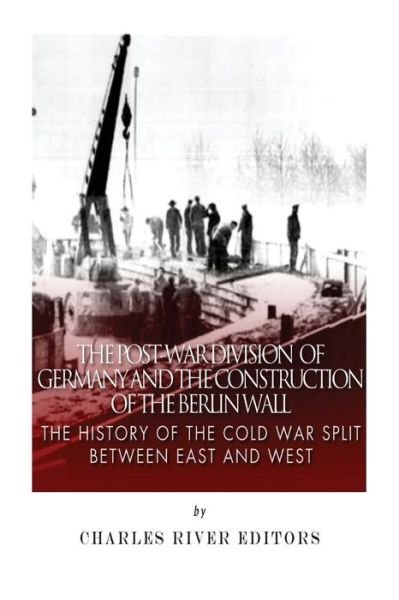
Vertel uw vrienden over dit artikel:
The Post-war Division of Germany and the Construction of the Berlin Wall: the History of the Cold War Split Between East and West
Charles River Editors
The Post-war Division of Germany and the Construction of the Berlin Wall: the History of the Cold War Split Between East and West
Charles River Editors
Publisher Marketing: *Includes pictures *Covers the history of Berlin and Germany from the end of World War II through the 1960s *Discusses some of the famous escape attempts and the way East Germany tried to prevent them *Includes footnotes and a bibliography for further reading *Includes a table of contents "From Stettin in the Baltic to Trieste in the Adriatic an 'Iron Curtain' has descended across the continent. Behind that line lie all the capitals of the ancient states of Central and Eastern Europe. Warsaw, Berlin, Prague, Vienna, Budapest, Belgrade, Bucharest and Sofia; all these famous cities and the populations around them lie in what I must call the Soviet sphere, and all are subject, in one form or another, not only to Soviet influence but to a very high and in some cases increasing measure of control from Moscow." - Winston Churchill, 1946 "Here in Berlin, one cannot help being aware that you are the hub around which turns the wheel of history. ... If ever there were a people who should be constantly sensitive to their destiny, the people of Berlin, East and West, should be they." - Martin Luther King, Jr. In the wake of World War II, the European continent was devastated, and the conflict left the Soviet Union and the United States as uncontested superpowers. This ushered in over 45 years of the Cold War, and a political alignment of Western democracies against the Communist Soviet bloc that produced conflicts pitting allies on each sides fighting, even as the American and Soviet militaries never engaged each other. Though it never got "hot," the Cold War was a tense era until the dissolution of the USSR, and nothing symbolized the split more than the Berlin Wall, which literally divided the city. Berlin had been a flashpoint even before World War II ended, and the city was occupied by the different Allies even as the close of the war turned them into adversaries. After the Soviets' blockade of West Berlin was prevented by the Berlin Airlift, the Eastern Bloc and the Western powers continued to control different sections of the city, and by the 1960s, East Germany was pushing for a solution to the problem of an enclave of freedom within its borders. West Berlin was a haven for highly-educated East Germans who wanted freedom and a better life in the West, and this "brain drain" was threatening the survival of the East German economy. In order to stop this, access to the West through West Berlin had to be cut off, so in August 1961, Soviet premier Nikita Khrushchev authorized East German leader Walter Ulbricht to begin construction of what would become known as the Berlin Wall. The wall, begun on Sunday August 13, would eventually surround the city, in spite of global condemnation, and the Berlin Wall itself would become the symbol for Communist repression in the Eastern Bloc. It also ended Khrushchev's attempts to conclude a peace treaty among the Four Powers (the Soviets, the Americans, the United Kingdom, and France) and the two German states. The wall would serve as a perfect photo-opportunity for two presidents (Kennedy and Reagan) to hammer the Soviet Communists and their repression, but the Berlin Wall would stand for nearly 30 years, isolating the East from the West. It is estimated about 200 people would die trying to cross the wall to defect to the West. The Post-War Division of Germany and the Construction of the Berlin Wall: The History of the Cold War Split Between East and West looks at the history that led to the construction of the Berlin Wall and the manner in which it was built. Along with pictures of important people, places, and events, you will learn about the construction of the Berlin Wall like never before, in no time at all.
| Media | Boeken Paperback Book (Boek met zachte kaft en gelijmde rug) |
| Vrijgegeven | 18 februari 2015 |
| ISBN13 | 9781508527268 |
| Uitgevers | Createspace |
| Genre | Chronological Period > 20th Century |
| Pagina's | 62 |
| Afmetingen | 152 × 229 × 3 mm · 95 g |
Meer door Charles River Editors
Anderen hebben ook gekocht
Bekijk alles van Charles River Editors ( bijv. Paperback Book en Book )












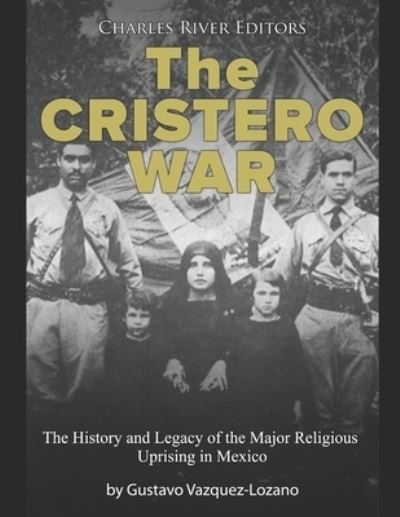





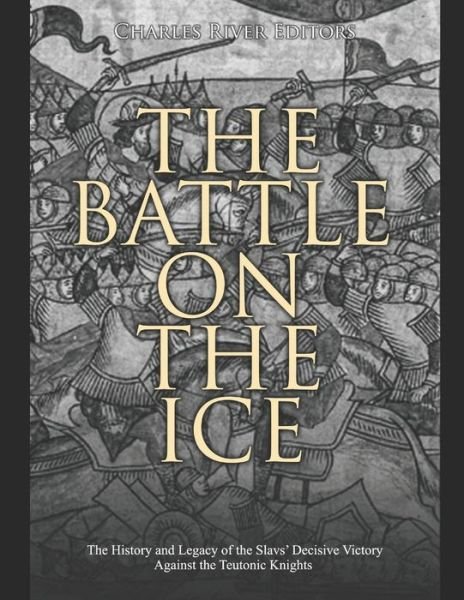
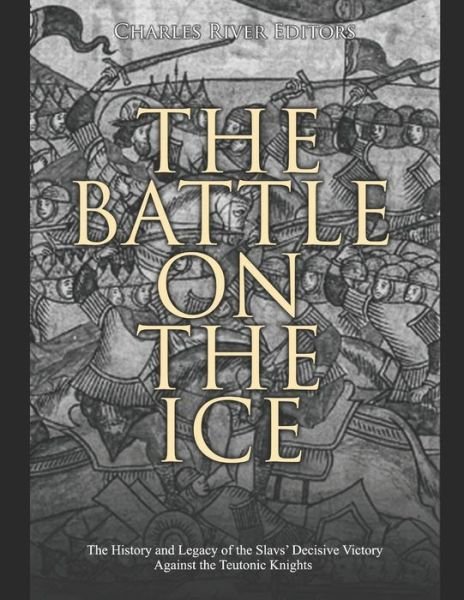
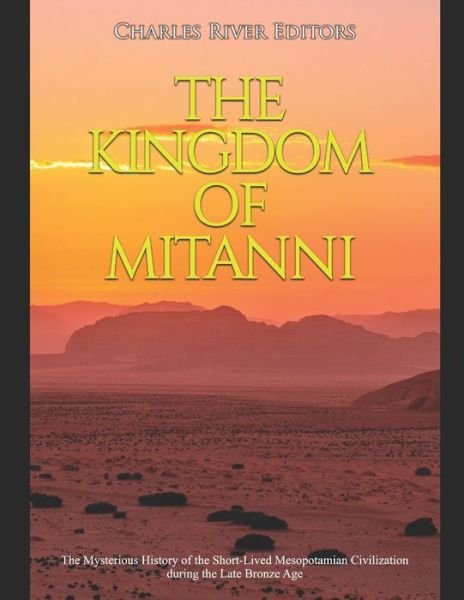

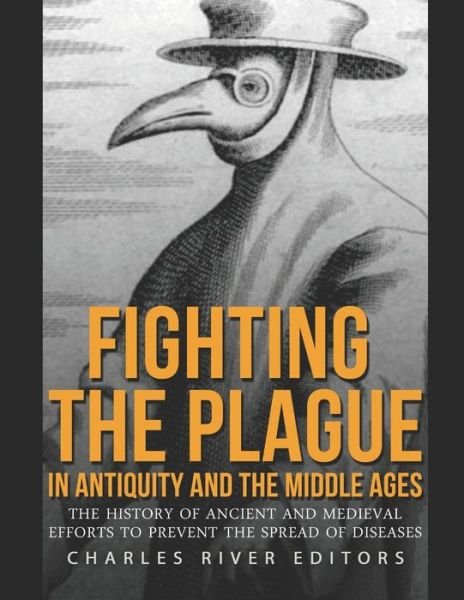


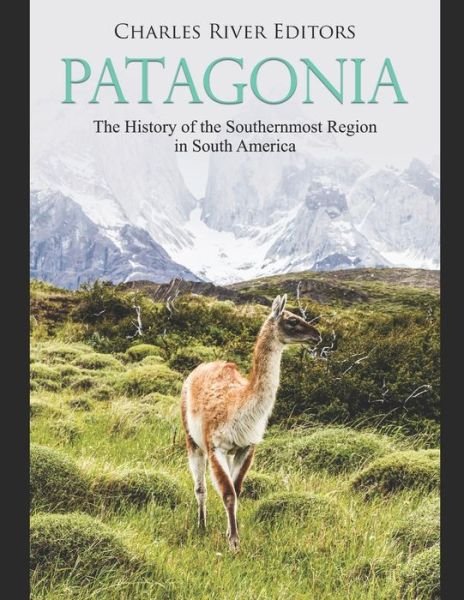




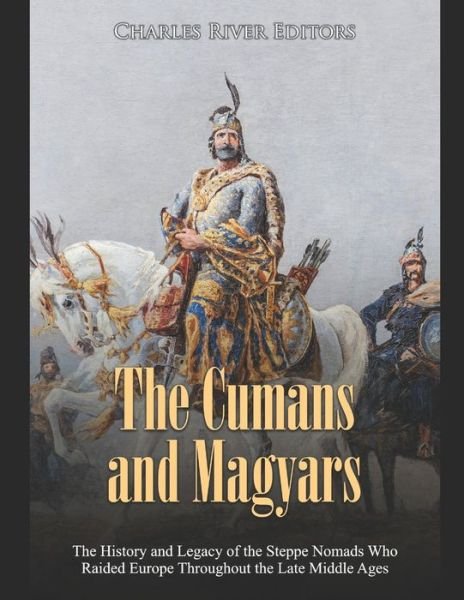
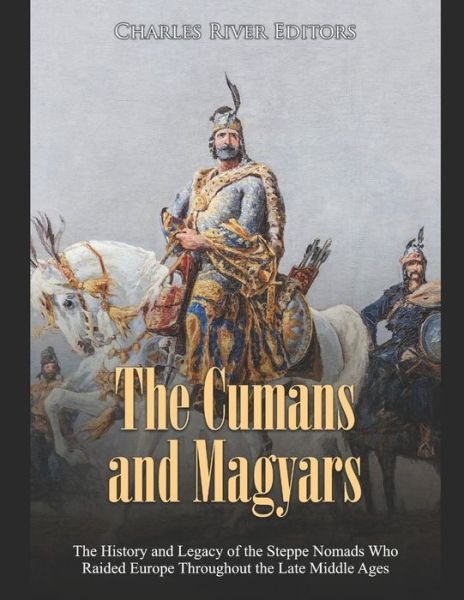
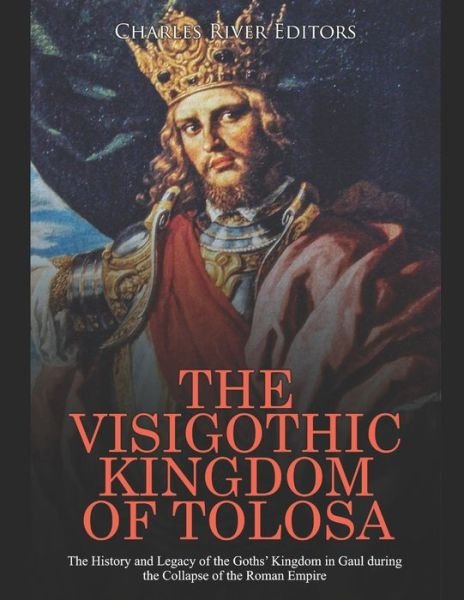
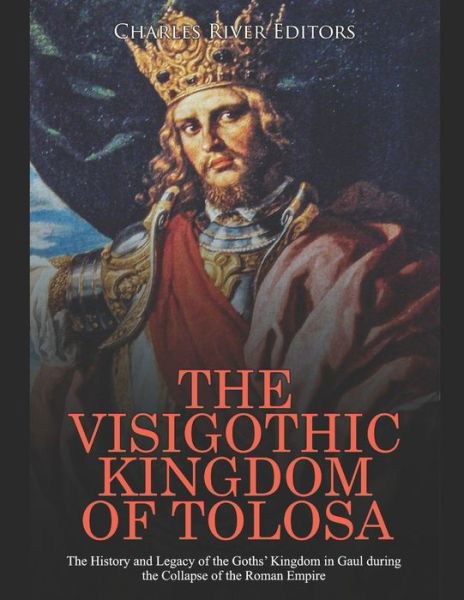

![Cover for Charles Dickens · Den hjemsøgte mand og åndens tilbud (Nyillustreret) (Bound Book) [1e uitgave] (2022)](https://imusic.b-cdn.net/images/item/original/123/9788772048123.jpg?charles-dickens-2022-den-hjemsoegte-mand-og-aandens-tilbud-nyillustreret-bound-book&class=scaled&v=1654049104)
![Cover for Linda Lehun · Musikbogen (Paperback Book) [1e uitgave] (2016)](https://imusic.b-cdn.net/images/item/original/063/9788759891063.jpg?linda-lehun-2016-musikbogen-paperback-book&class=scaled&v=1486719785)
![Cover for Dian Hanson · The New Erotic Photography - Bibliotheca Universalis (Hardcover Book) [Multilingual edition] (2017)](https://imusic.b-cdn.net/images/item/original/715/9783836526715.jpg?dian-hanson-2017-the-new-erotic-photography-bibliotheca-universalis-hardcover-book&class=scaled&v=1490369714)
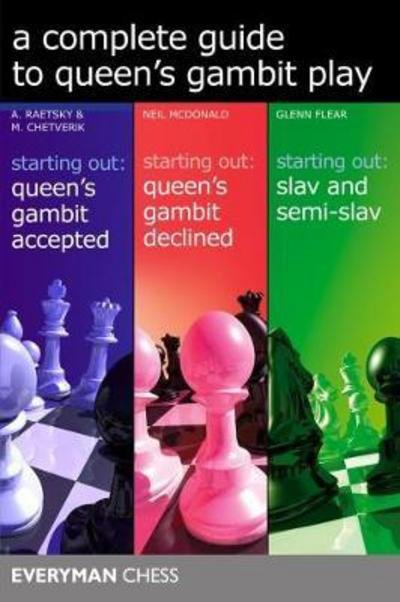







![Cover for Jesper Wung-Sung · To ryk og en aflevering (Sewn Spine Book) [3e uitgave] (2009)](https://imusic.b-cdn.net/images/item/original/996/9788763811996.jpg?jesper-wung-sung-2009-to-ryk-og-en-aflevering-sewn-spine-book&class=scaled&v=1341784896)
![Cover for Claus Drengsted-Nielsen · Lille dansk grammatik (Sewn Spine Book) [1e uitgave] (2016)](https://imusic.b-cdn.net/images/item/original/692/9788702194692.jpg?claus-drengsted-nielsen-2016-lille-dansk-grammatik-sewn-spine-book&class=scaled&v=1499896829)
